Youth Strategies to Combat Food Insecurity and Malnutrition
While alarming statistics have been noted in the most recent report on the state of food security and nutrition in the world, policies targeting accessibility and affordability of food have finally been prioritized strategically.
This blog will focus on the sections of the report related to agricultural policies.
There is no doubt that low- and middle-income countries have consistently prioritized price disincentives and have provided low fiscal subsidies to farmers, especially for staple foods, fruits, vegetables, fats, and oils. Governed by a low agricultural budget, lower-middle-income countries cannot afford to provide price incentives, invest more in general services or provide high subsidies to producers. Instead of subsidizing healthier food production, the cheaper way is to decrease the farm gate prices of less healthy products making farmers less likely to produce them. Monetary-wise, policies that require a change in incentives or subsidies are not favorable to lower-middle-income countries due to budget constraints. The question, therefore, is: What non-market-based solutions can be implemented to support the transition of lower-middle-income countries to a healthier food system? Can this be accomplished by mobilizing international public investment support? Are there other low-cost alternatives that can enable this transition?
Reallocation of food and agricultural policies proposed in the report for food groups whose level of current per capita consumption in each country/region does not yet match the country/region levels include:
Repurposing existing public support.
Removing/reducing border support and market price controls for priority foods.
Repurposing fiscal policies for producers and consumers.
The proposed solution of repurposing agricultural support to support higher priority foods presents many trade-offs. Complementing policies that can support shifts in the food supply and mitigating trade-offs include:
mandatory limits or voluntary targets to improve the nutritional quality of processed foods and drink products
Enacting legislation on food marketing.
Implementing nutritional labeling policies and healthy procurement policies.
Alternative solutions by youth for enhancing food affordability and accessibility
While less than 5% of the global share of policy support goes to public expenditure, most youth opportunities are granted in this category. Youth are often found in opportunities such as research, development, and knowledge transfer services as well as marketing and promotion. Policies still do not recognize the important role public awareness plays in transforming food systems. Policies and measures such as supporting non-governmental projects and campaigns intended to change consumptive eating patterns, subsidizing resource-efficient production methods, or policies that are cross-sectoral such as tackling the political-food nexus agendas are not tackled.
Food accessibility and affordability include challenges beyond fiscal measures. Certainly, implementing border measures and fiscal subsidies plays a major role in decreasing world hunger and malnutrition with positive side effects. However, monetary policies and redistribution of budgets cannot solely dismantle the complex challenges causing food insecurity and malnutrition.
Alternatives
Alternative protein options
Indulging in alternative consumptive patterns themselves or by creating start-ups producing protein-rich products from insects, algae, or isolated protein from legumes. Such alternative proteins are theoretically easier to access when produced under controlled environments locally. Local production decreases market prices and alleviates the need for border measures especially when feed requirements are sourced locally, sustainably, and at a low cost (using food waste).
Lifting sanctions on food import
While border measures do reduce border taxation and import requirements, they are not capable of lifting political sanctions on food imports (A method used to economically disempower a country). That is why youth demand that the human right to food is at the center of food accessibility and affordability. When sanctions in many parts of the world are removed, millions of people will be alleviated from food security and hunger without the need to redistribute or reallocated policies.
Community-run food systems
Micro-scale partially self-sufficient food systems provide an opportunity for isolated communities living in extreme poverty and isolation to produce and consume highly-nutritious foods. By using advanced low-cost methods of vertical farming, hydroponics, and freely accessible knowledge, communities can alleviate their nutritional inadequacy until their systems are safe to return to.
Ending militarized conflicts
Food insecurity and malnutrition are most prominent in areas of high rates of armed conflict. While band-aid food supply does offer urgent support, it cannot substitute a nutritionally diverse diet and is certainly not a long-term priority. In such circumstances, food insecurity is only achieved by ending the stressful factor of armed conflict and allowing full recovery of the economy.
Public markets
By providing market spaces that are rent-free, market prices decrease and hence food becomes more affordable. Usage of public open spaces such as Sunday markets for rural farmers to sell their produce offers farmers access to more customers and simultaneously rent-free while also offering consumers fresh food at cheaper prices.
Despite the ambitious and intended impact these alternative solutions pose (In addition to many others) on food accessibility and affordability, their application and evaluation on the ground are still not widespread. The main reason why such solutions are not mainstreamed is that they have not yet been widely applied, monitored, and evaluated for effectiveness.
Our call to action
Youth are recommended that they advocate for a global digital platform that assesses the effectiveness of alternative models and solutions to improving food security and nutrition.
Youth are advised to either run more of their alternative programs or ideate and implement new solutions.
Global bodies are recommended to incorporate such solutions into their annual assessments given that current solutions are not completely effective at tackling food security and nutrition.


